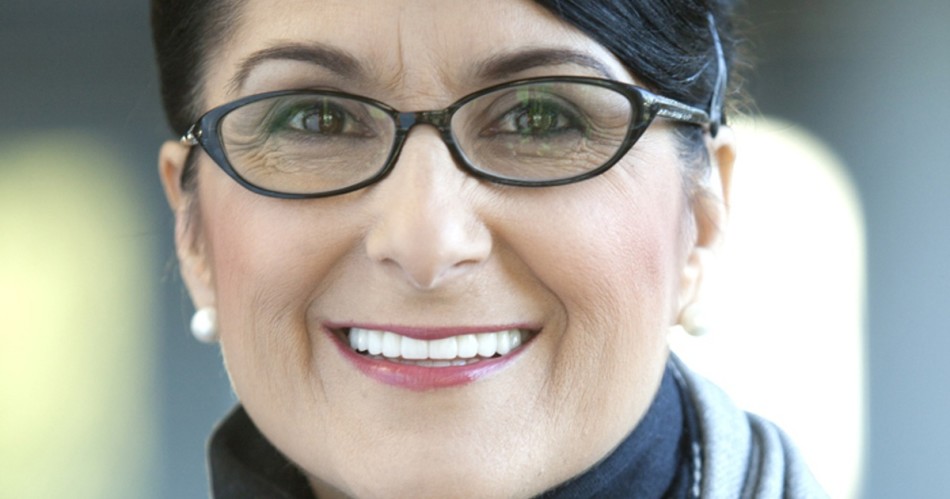By Kavita Kumar
Star Tribune (Minneapolis)
WWR Article Summary (tl;dr) There has been a major step forward for women in leadership at Best Buy. For the first time it its history, women make up the majority of the leadership team. As Nicolas Pearce, a professor at Northwestern’s Kellogg School of Management pointed out “It is still quite rare in the tech industry for there to be diversity at the top of the house, let alone a majority of the top team being comprised of women,” he added, “That is extremely unique, but quite promising.”
Star Tribune (Minneapolis)
Best Buy is no longer an old boys club — at least not at the top.
For the first time, women make up the majority of the leadership team at the Richfield-based company, the nation’s largest electronics retailer.
That would be a notable feat for any corporation these days, but it’s particularly remarkable for one that is entrenched in the notoriously male-dominated technology world.
Best Buy reached the turning point last month when Trish Walker was hired from Accenture to become its president of services, including the Geek Squad. With her hiring, six of the 10 executives who report to chief executive Hubert Joly are women.
The other newest members of Best Buy’s C-Suite are Paula Baker, a longtime Best Buy employee who was promoted to be the human resources chief in March, and Corie Barry, who was elevated to chief strategy officer last year. They join Shari Ballard, a longtime Best Buy executive who oversees U.S. stores; Sharon McCollam, a former Williams-Sonoma executive whom Joly hired in 2012 as chief financial officer; and Mary Lou Kelley, who came to Best Buy in 2014 from Chico’s to lead e-commerce.
“It is still quite rare in the tech industry for there to be diversity at the top of the house, let alone a majority of the top team being comprised of women,” said Nicholas Pearce, a professor at Northwestern University’s Kellogg School of Management. “That is extremely unique, but quite promising.”
He added that greater diversity at the top not only provides role models for girls and young women, but research has suggested it also leads to better business outcomes and higher innovation.
For its part, Best Buy officials are not patting themselves on the back for the gender parity. Jeff Haydock, a company spokesman, noted that each executive was hired as the company has looked for the best talent to help the company grow.
But having more gender diversity has been a commitment of Joly, who took over the retailer’s reins in 2012 and quickly hired McCollam for the key financial job.
“If it had been Lehman Sisters instead of Lehman Brothers, maybe it would not have been the catastrophe that it was,” Joly told Fortune Magazine last year.
The focus on women in leadership positions also has a direct correlation to the company’s business strategy. One way Best Buy has been looking to boost its sales is by trying to reach more female shoppers.
Last year, it launched a wedding registry. Over the holiday season, it opened a handful of mini-shops inside of Macy’s department stores, which tend to attract more female shoppers. And after years of only offering a sea of black and blue smartphone covers and laptop cases, it has been adding more colorful options from designers such as Kate Spade.
While Best Buy does not disclose the gender breakdown of its shoppers, it’s pretty clear that men still make up the majority, said Dave Brennan, co-director of the University of St. Thomas’ Institute for Retailing Excellence.
He added that women seem to be leading some of Best Buy’s more service-oriented areas of the business, which is a smart move given that women often bring a more personal touch to improving that profitable part of the business.
Meanwhile, various studies have shown that women are still vastly underrepresented in many areas of the corporate pipeline. A Women in the Workplace report last year by LeanIn.org and McKinsey & Company showed that the greatest disparity continues to be in senior leadership. In 2015, women made up 17 percent of the C-Suite, up just barely from 2012 when it was 16 percent.
The gender imbalance is highly pronounced in the tech industry. Earlier this week, several prominent women in Silicon Valley unveiled a nonprofit called Project Include aimed at helping to collect and share data to help diversify the rank-and-file of tech companies.
The gender balance of the rest of Best Buy’s workforce was not immediately clear. But the company has also recently added two female board members. Four of the board’s 11 directors are now women.
The issue has also become a priority for other companies, including Minneapolis-based Target Corp. Chief Executive Brian Cornell recently joined the board of Catalyst, a nonprofit focused on advancing women in leadership positions. Women now make up about 36 percent of Target’s board and 45 percent of its C-Suite.
“We’re pleased about that, but we have more work to do,” Cornell said in a recent corporate blog post.
While companies have made some strides in adding more women to top leadership positions, they still have a long ways to go when it comes to diversifying the racial makeup of its boards, said Pearce of Northwestern.
“Race is the third rail for many companies,” he said.
On Best Buy’s 11-person executive team, only one is a person of color.














































































































































































































































































































































































